When we think of creatures that fly through the night, our minds often wander to the enigmatic world of bats. These fascinating mammals have long captivated our curiosity and have been the subject of countless myths and misconceptions. In this blog post, we’ll delve into the mysterious world of bats and uncover seven surprising facts that will surely amaze you. So, grab your night vision goggles and let’s explore!
Discover the Fascinating World of MyStart in a New Tab!
Fact 1: Bats Are Not Blind, But They Use Echolocation
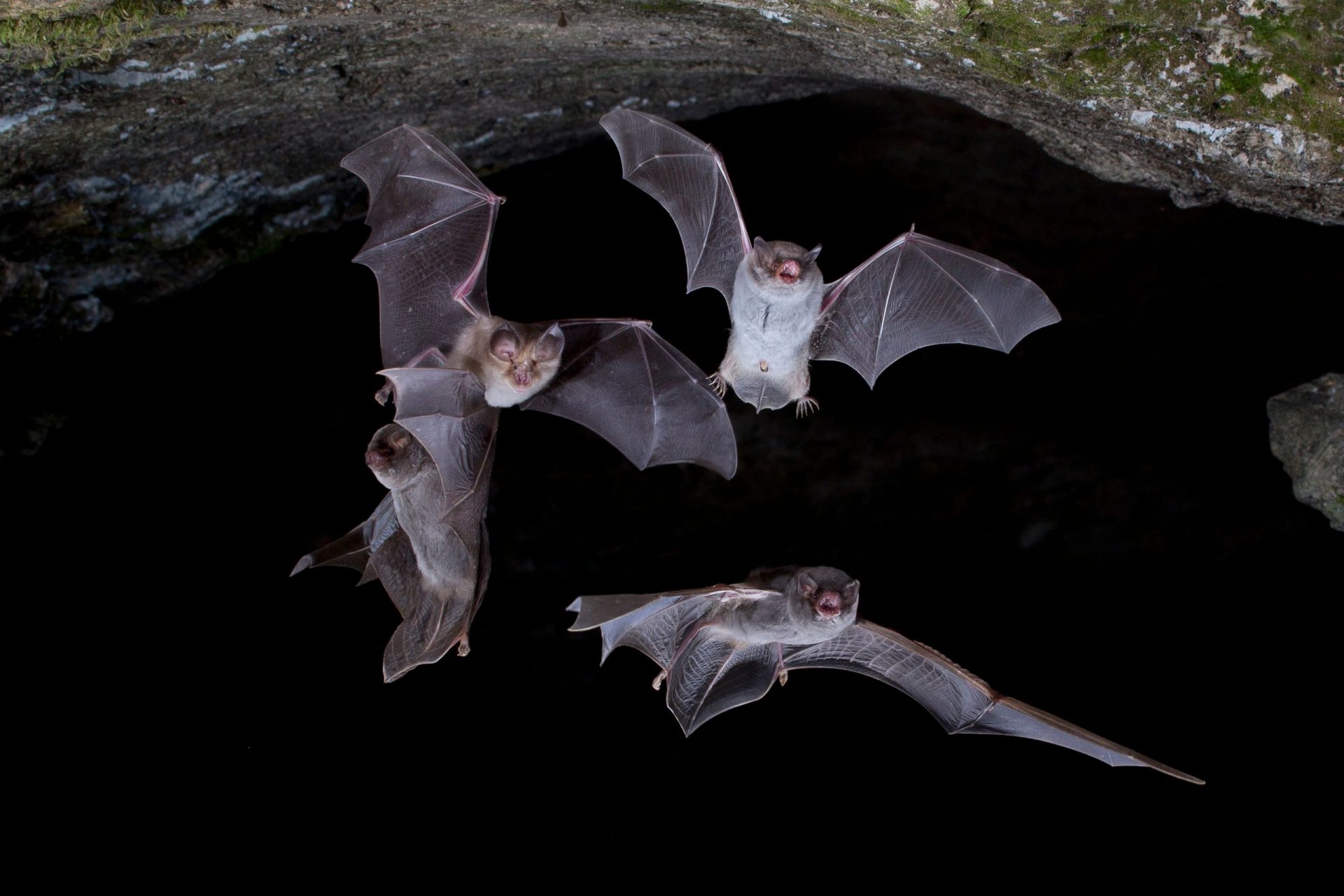 Contrary to popular belief, bats are not blind. However, they have developed a remarkable ability called echolocation, which enables them to navigate and hunt in the dark. Through high-pitched sounds, bats emit ultrasonic waves that bounce off objects in their surroundings. By analyzing the echoes, they can create a detailed “sound map” to locate prey and avoid obstacles with remarkable precision.
Contrary to popular belief, bats are not blind. However, they have developed a remarkable ability called echolocation, which enables them to navigate and hunt in the dark. Through high-pitched sounds, bats emit ultrasonic waves that bounce off objects in their surroundings. By analyzing the echoes, they can create a detailed “sound map” to locate prey and avoid obstacles with remarkable precision.
Fact 2: Bats Are the Only Mammals Capable of True Flight
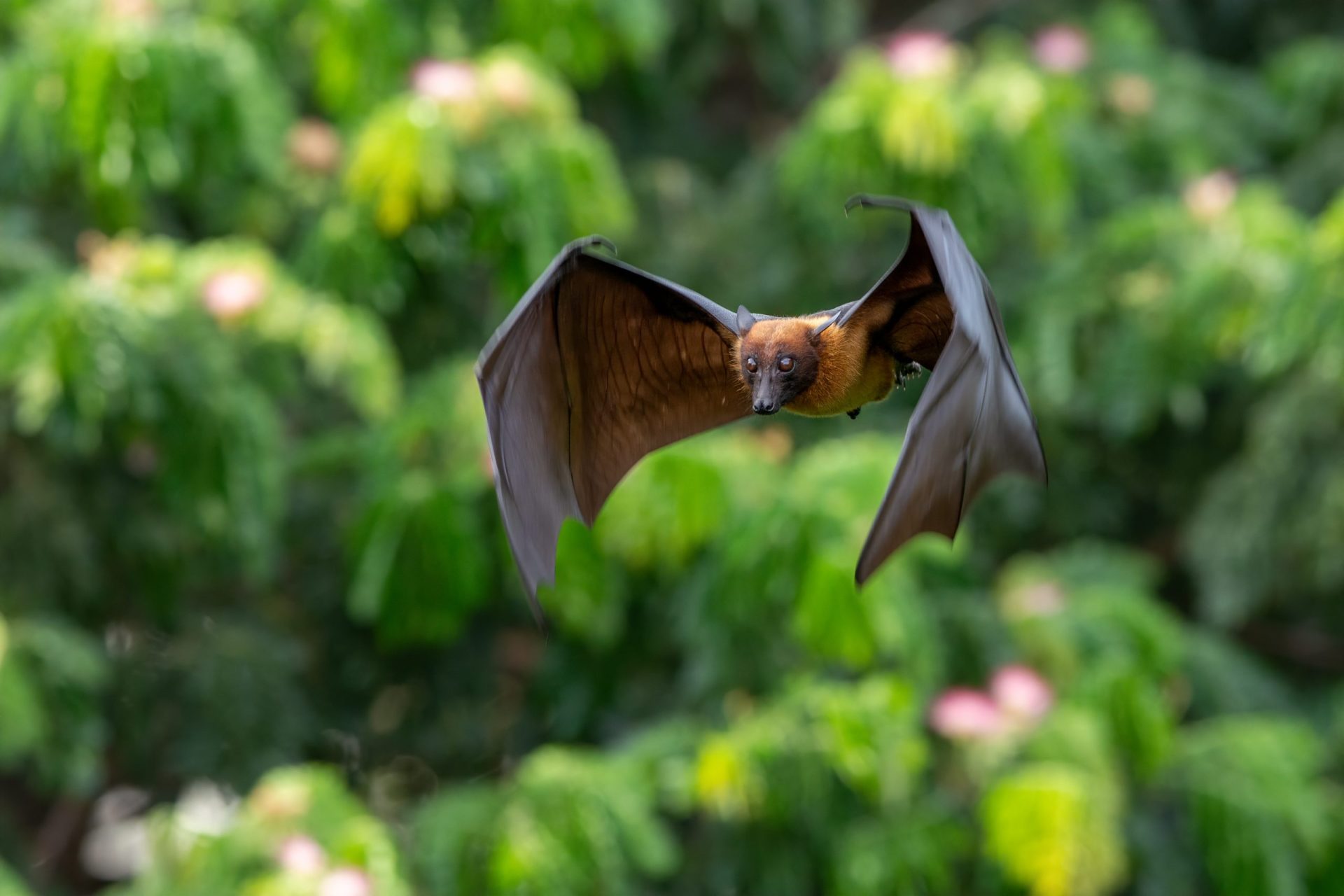 One of the most astonishing features of bats is their ability to fly. While other mammals may glide or soar, bats are the only mammals that can achieve true flight. Their wings, which are modified forelimbs, are incredibly flexible and have a structure similar to that of human hands. This unique adaptation allows them to maneuver swiftly and gracefully through the night sky.
One of the most astonishing features of bats is their ability to fly. While other mammals may glide or soar, bats are the only mammals that can achieve true flight. Their wings, which are modified forelimbs, are incredibly flexible and have a structure similar to that of human hands. This unique adaptation allows them to maneuver swiftly and gracefully through the night sky.
Fact 3: Bats Come in a Diverse Range of Sizes
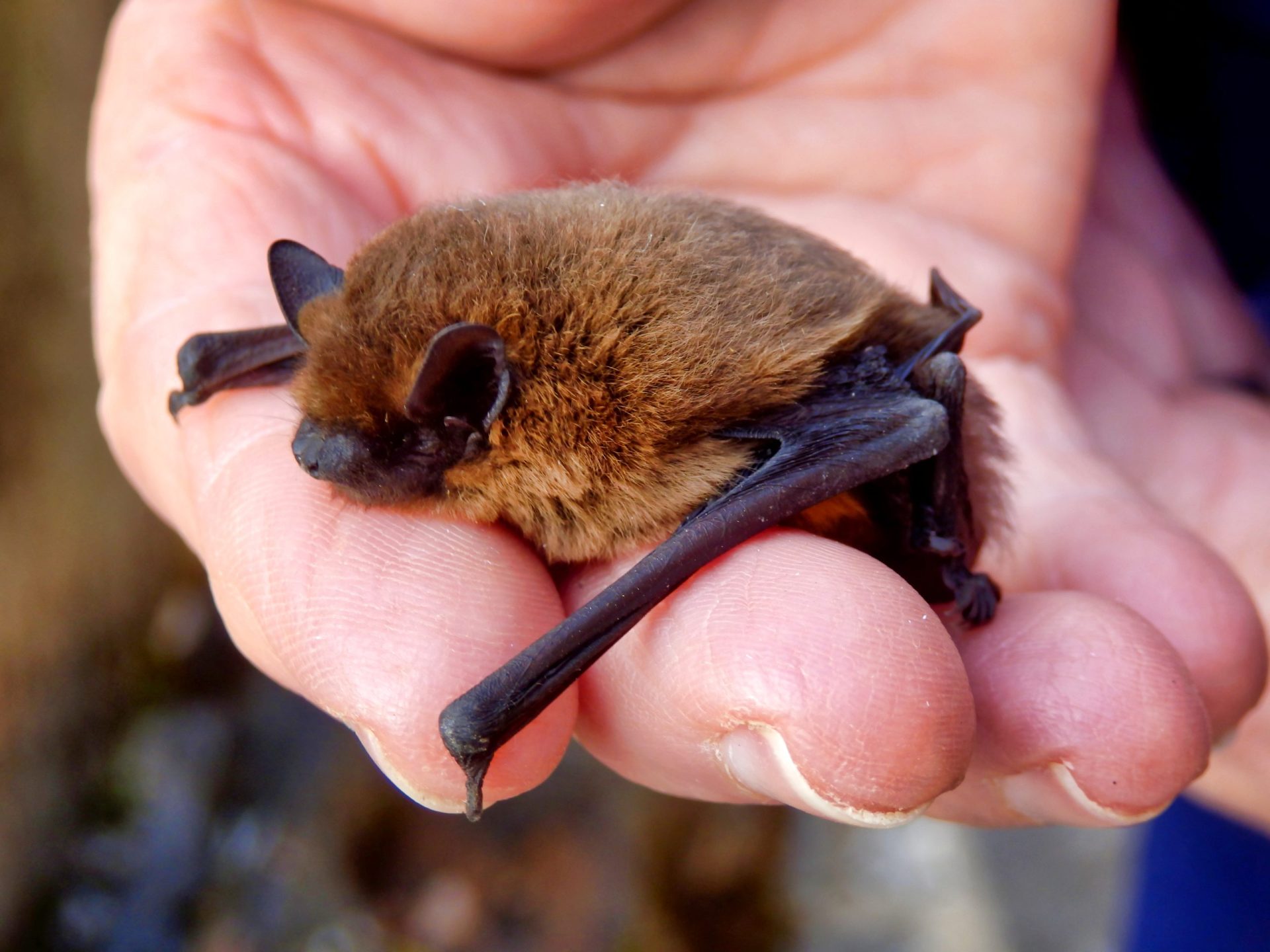 Bats come in all shapes and sizes, from the tiny bumblebee bat, which is roughly the size of a thumbnail, to the giant golden-crowned flying fox with a wingspan of over five feet. With more than 1,400 species worldwide, bats display an astonishing diversity of adaptations and behaviors, making them one of the most successful groups of mammals on the planet.
Bats come in all shapes and sizes, from the tiny bumblebee bat, which is roughly the size of a thumbnail, to the giant golden-crowned flying fox with a wingspan of over five feet. With more than 1,400 species worldwide, bats display an astonishing diversity of adaptations and behaviors, making them one of the most successful groups of mammals on the planet.
Fact 4: Bats Are Vital for Ecosystems and Agriculture
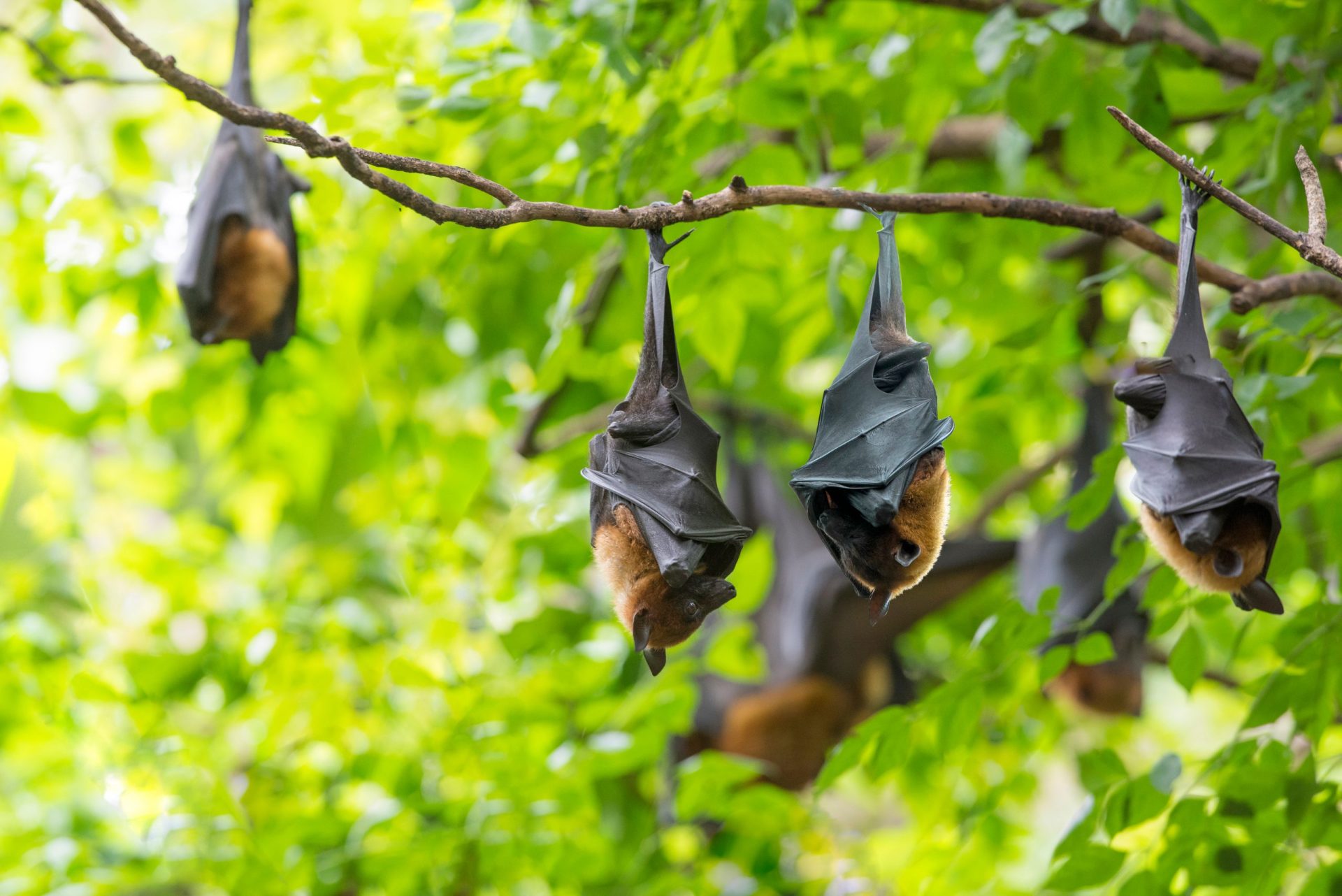 Bats play a crucial role in maintaining healthy ecosystems and are often considered nature’s pest control experts. Many species of bats are voracious insectivores, consuming vast quantities of agricultural pests like mosquitoes, moths, and beetles. In fact, it is estimated that a single bat can eat up to 1,000 insects per hour! Their appetite for pests helps to regulate insect populations and reduce the need for harmful pesticides.
Bats play a crucial role in maintaining healthy ecosystems and are often considered nature’s pest control experts. Many species of bats are voracious insectivores, consuming vast quantities of agricultural pests like mosquitoes, moths, and beetles. In fact, it is estimated that a single bat can eat up to 1,000 insects per hour! Their appetite for pests helps to regulate insect populations and reduce the need for harmful pesticides.
Fact 5: Bats Are Long-Lived and Slow Reproducers
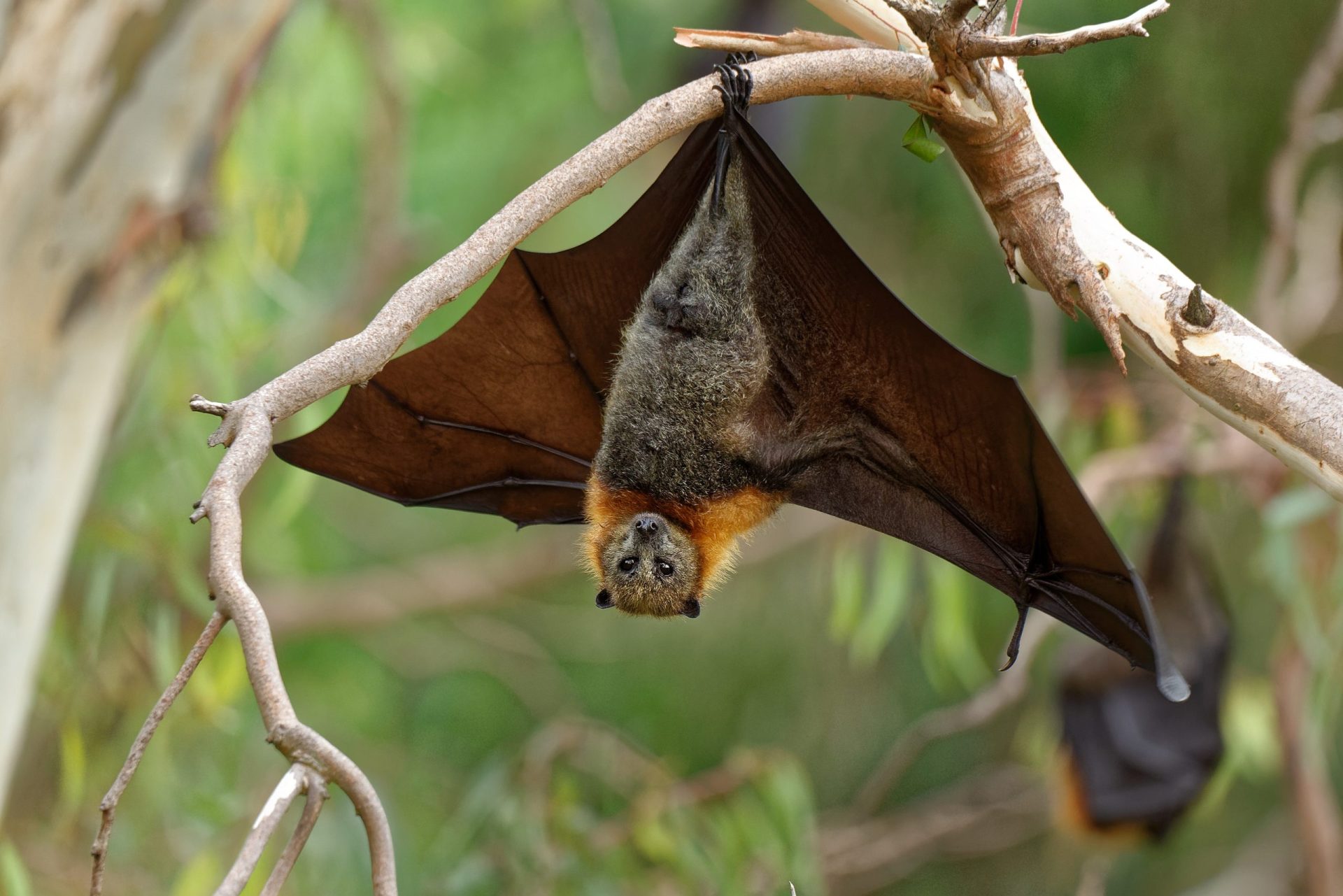 Bats have impressively long lifespans compared to other mammals of similar size. Some species can live well over 30 years in the wild. Despite their longevity, bats have a relatively low reproductive rate. Most species give birth to only one pup per year, and some larger species may have even longer intervals between births. This slow reproductive strategy makes conservation efforts all the more crucial in ensuring their survival.
Bats have impressively long lifespans compared to other mammals of similar size. Some species can live well over 30 years in the wild. Despite their longevity, bats have a relatively low reproductive rate. Most species give birth to only one pup per year, and some larger species may have even longer intervals between births. This slow reproductive strategy makes conservation efforts all the more crucial in ensuring their survival.
Fact 6: Bats Have an Essential Role in Pollination and Seed Dispersal
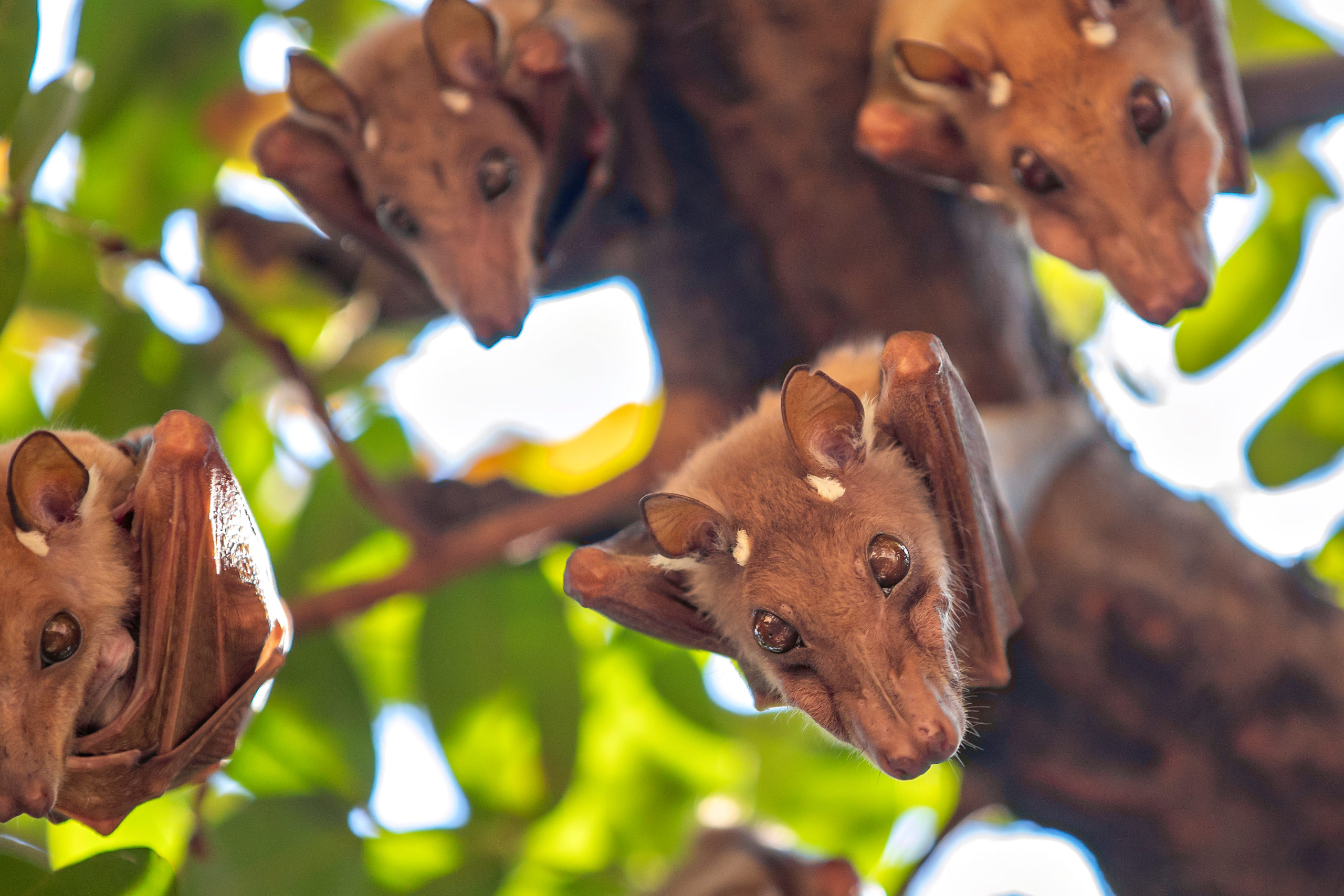 Did you know that bats are also important pollinators? Many bat species have co-evolved with flowering plants, such as cacti and agave, forming mutualistic relationships. As bats feed on nectar, they inadvertently transfer pollen from flower to flower, aiding in the plants’ reproduction. Additionally, bats play a vital role in seed dispersal. By consuming fruits and dropping seeds during their nocturnal flights, bats contribute to the growth and diversity of plant communities.
Did you know that bats are also important pollinators? Many bat species have co-evolved with flowering plants, such as cacti and agave, forming mutualistic relationships. As bats feed on nectar, they inadvertently transfer pollen from flower to flower, aiding in the plants’ reproduction. Additionally, bats play a vital role in seed dispersal. By consuming fruits and dropping seeds during their nocturnal flights, bats contribute to the growth and diversity of plant communities.
Fact 7: Bats Face Numerous Threats and Conservation Challenges
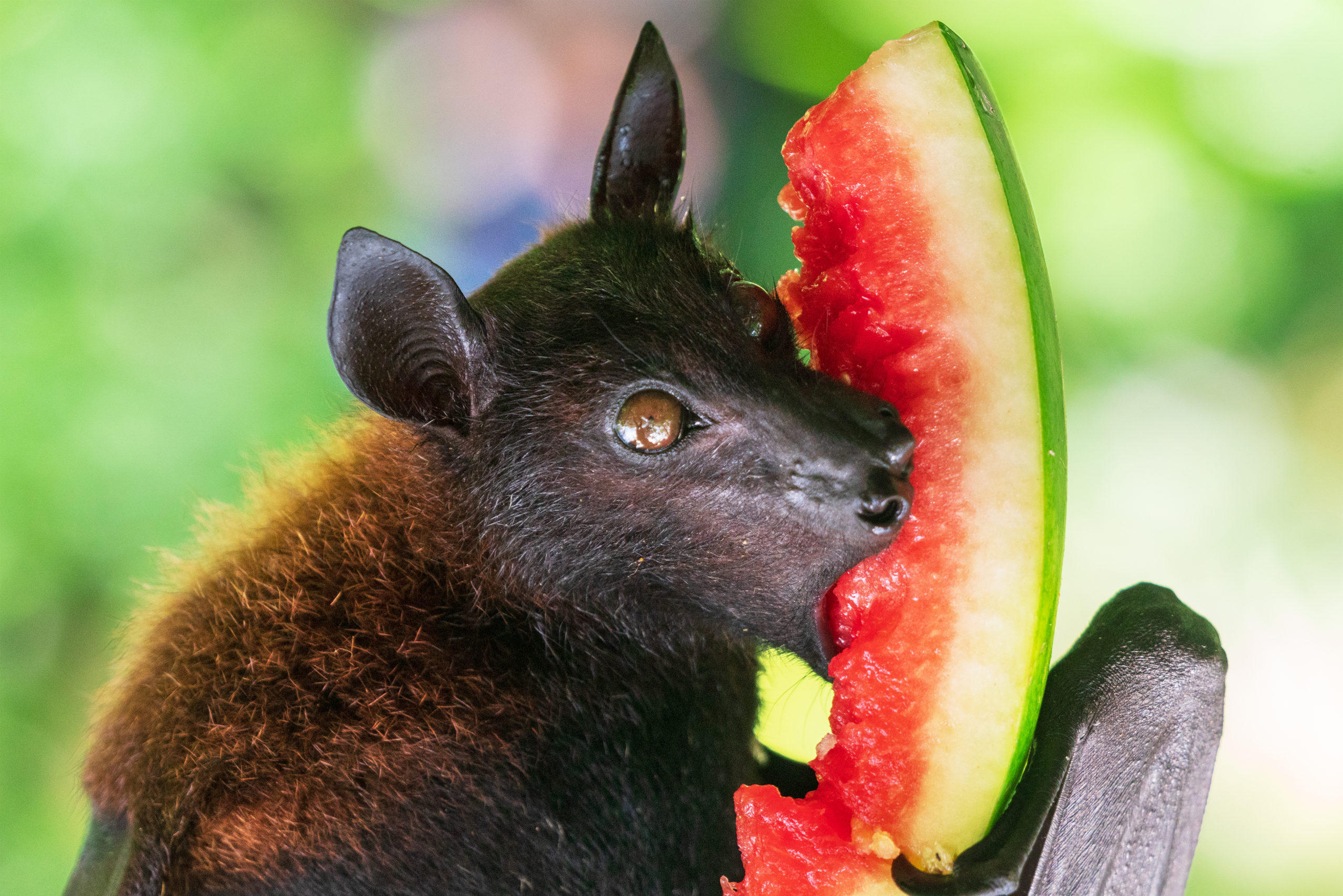 Despite their ecological importance, bats face numerous threats and conservation challenges. Loss of habitat, climate change, and the spread of diseases like white-nose syndrome have had devastating impacts on bat populations. Many species are currently endangered or at risk of extinction. Recognizing the value of bats and promoting their conservation is essential to maintain the delicate balance of our ecosystems.
Despite their ecological importance, bats face numerous threats and conservation challenges. Loss of habitat, climate change, and the spread of diseases like white-nose syndrome have had devastating impacts on bat populations. Many species are currently endangered or at risk of extinction. Recognizing the value of bats and promoting their conservation is essential to maintain the delicate balance of our ecosystems.
Bats, the mysterious creatures of the night, never fail to surprise us with their incredible adaptations and ecological importance. From their exceptional echolocation abilities to their vital roles in pest control, pollination, and seed dispersal, bats are truly remarkable animals. Despite their portrayal in popular culture as sinister and spooky, bats are actually beneficial allies in maintaining the delicate balance of our natural world.
As we continue to uncover more about these fascinating creatures, it is crucial that we also recognize the threats they face.
Loss of habitat, disease outbreaks, and climate change pose significant challenges to bat populations worldwide. By supporting conservation efforts, raising awareness, and promoting sustainable practices, we can contribute to the preservation of these extraordinary mammals.
So, the next time you see a bat gracefully swooping through the night sky, remember the surprising facts we’ve explored together. Let us appreciate their uniqueness, celebrate their contributions to our ecosystems, and strive to protect their future. Bats are not just mysterious creatures; they are vital guardians of nature’s balance, deserving of our respect and admiration.
Discover the Fascinating World of MyStart in a New Tab!










